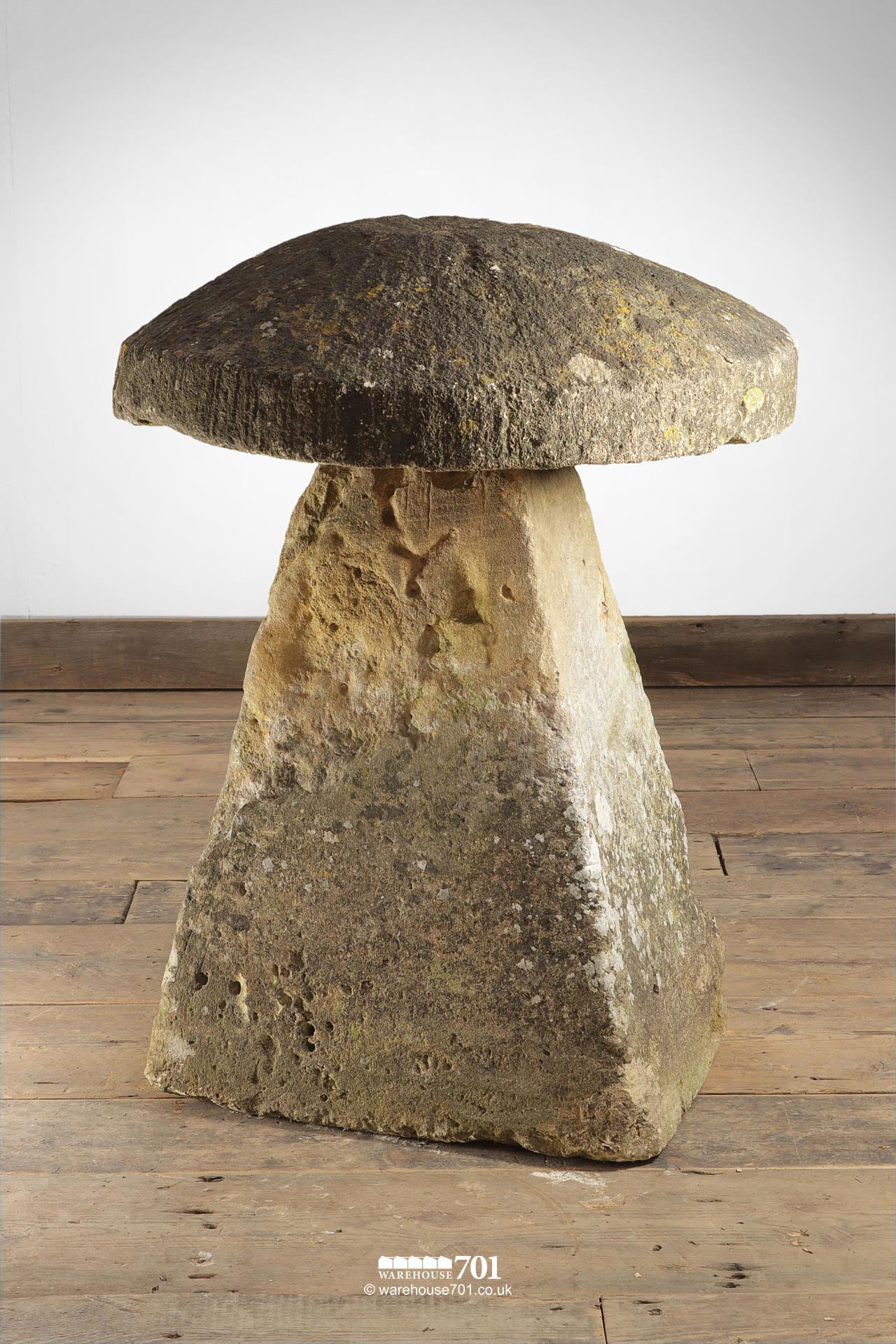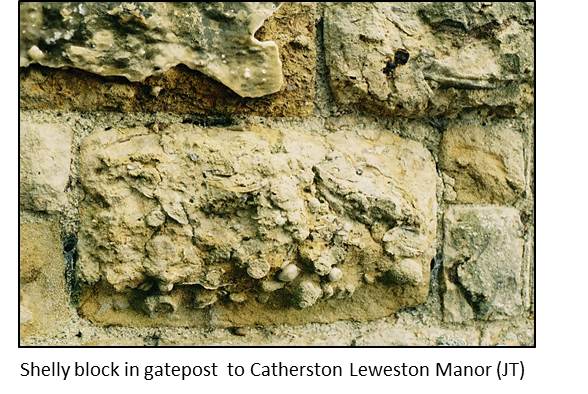

Three (Old Minster 37, 41, and 52) come from demolition debris deriving from either the baptistery, north facade, or facade chapels of Old Minster, or from the south wall of New Minster these are more likely to have come from Old Minster than New Minster. They may have been derived from New Minster church, but are more likely to have come from Old Minster or a building belonging to it. Of the twenty-nine mentioned above as probably to be associated with Old Minster, four (Old Minster 1, 61, and 64–5) were found in burial earth below the south aisle or south porticus of New Minster. It is impossible in some cases to be sure whether the stones from the Cathedral Green site came from Old Minster or New Minster (Fig. Two pieces were found in the excavations at Lower Brook Street, one (St Pancras 1) from the church of St Pancras, and a second (Lower Brook Street 1) which may originally have been from there or the church of St Mary. The former comprises: 70 pieces certainly associated with Old Minster and its cemetery and a further 29 which are probably so associated and four pieces certainly or probably associated with the church of New Minster (New Minster 5–6 are certain, 2–3 probable), together with a further three (New Minster 1, 4, and 7) associated with Building E, one of the monastic buildings of New Minster.

They derive from two sites, the Cathedral Green (CG), and Lower Brook Street (BS). (Oolite is aiming for LEED certification.One hundred and eight stones recovered from excavations in Winchester between 19 are considered here. Additional towers will act as windcatchers and solar chimneys to help cool the complex, reducing the amount of mechanical ventilation required, and two of the towers will house tanks to store rainwater, which will be used to irrigate the garden. Measuring around 300 square feet, each studio will be lit by both a window giving onto the courtyard-garden and a clerestory-topped tower bringing in even light from the north. The latter will be luxuriantly planted with local species. An insulated double wall will ensure high thermal inertia, with an essentially blank perimeter elevation pierced by seven generous openings leading into the courtyard. Over the course of the design process, the initial choice of raw concrete for the studios, which seemed a suitably tough material for whatever the artists might throw at it, led Barozzi Veiga to envisage building the whole complex in bare concrete, both inside and out. The deceptively simple design comprises eight clusters of five or six studios lined up along the site’s perimeter and opening onto the interior garden. “One of the challenges was finding the right balance between intimacy for the artists but at the same time a public atmosphere capable of engendering community spirit.” Disposed around a generous garden, the campus will be organized like “an artists’ village, a place where they can create community and promote artistic activity in the neighborhood,” he continues. Faced with what Barozzi describes as a rather “harsh” environment of asphalt and warehouses, the architects sought to make the campus “an oasis in the middle of this industrial area, a very calm space where the artists can work,” Barozzi says. Located next to railroad tracks in an industrial area at Little Haiti’s northern limit, the long, narrow, 56,000-square-foot plot will soon become home to 21 artist studios, a 2,500-square-foot exhibition gallery, a 3,800-square-foot auditorium, workshops, classrooms, and administrative spaces. Oolite Arts will include an exhibition gallery for artists to display their works.


 0 kommentar(er)
0 kommentar(er)
